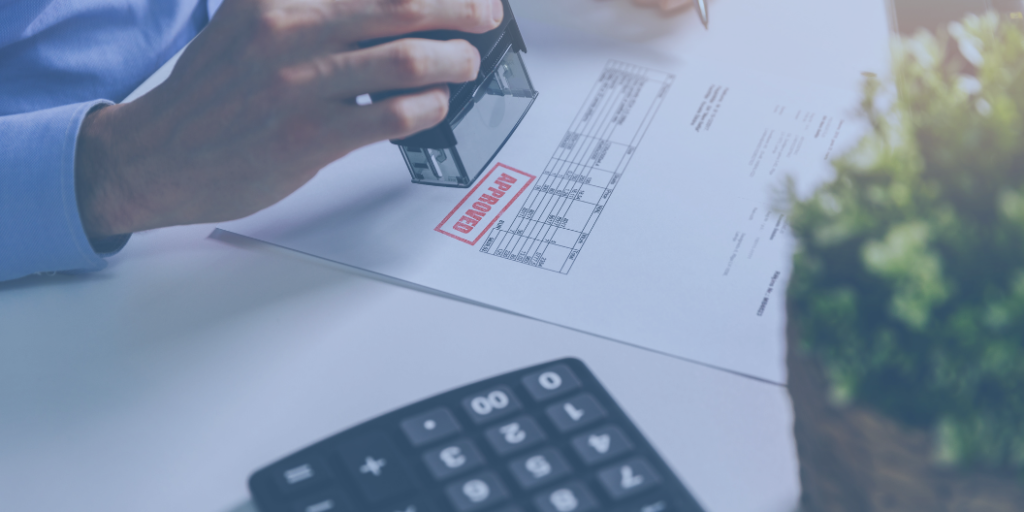In his best-selling book The 7 Habits of Highly Effective People, Stephen Covey writes about the need for paradigm shifts. To Covey, the ability to look at a situation from a different perspective is key to an individual’s ability to adapt to changing circumstances. For procurement teams managing a dynamic pricing transformation, this is especially true.
Procurement teams have spent decades negotiating and making purchases based on the merchandise’s final selling price. However, the adoption of dynamic pricing means they are missing the sale price, a key component in their calculation. Adjusting to this reality requires a significant paradigm shift, as procurement specialists need to find a different way of predicting how much product they need to purchase.
Changing the Target
Retail buyers need to stop thinking about the sales price, and instead focus on the quantity of items that they are capable of selling. A buyer at a large retail grocery chain, for example, purchases 10,000 cartons of milk, which has a one-week sell-by date. The challenge for the grocer in this situation is to calculate the price that will allow them to sell 1,428 cartons of milk (1/7 of 10,000) today, rather than trying to calculate the price that will maximize gross profit.
This function exists with non-perishable goods as well. Retailers of all sizes set sales targets. A national electronics store looking ahead to February’s Super Bowl might order 25,000 televisions to sell as part of their Super Bowl promotion. The challenge for the buyer and sales team is to find the right price point that will allow them to sell all of these TVs before the game. Again, like the grocer with the milk, the buyer’s target is volume of TVs sold, not maximizing gross profit.
Results
Ultimately, whether you’re selling TVs, milk, or anything else, an AI-based dynamic pricing model is going to help you establish the price most likely to move your products at an acceptable, profitable price. AI-driven dynamic prices typically increase revenues by about 30%, while increasing profit by 7-10%.
These pricing platforms, like those developed and sold by Quicklizard, base its pricing recommendations on competitor pricing, user behavior, and user-based rules. The AI engine considers all that information, as well as compelling events such as expiration or event dates, and then recommends the price most likely to lead to a conversion and sale.
Recent surveys have shown that nearly 70% of all retailers have either begun experimenting with dynamic pricing, or plan to investigate it in the coming year. For procurement specialists, that means change is coming soon, and they need to start developing new purchasing strategies and models.










